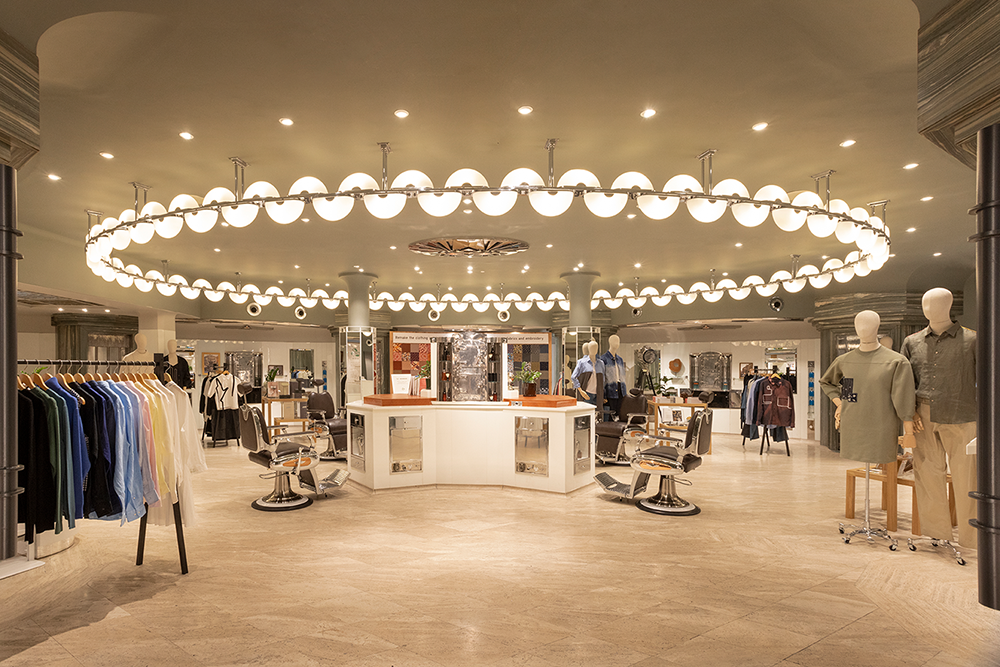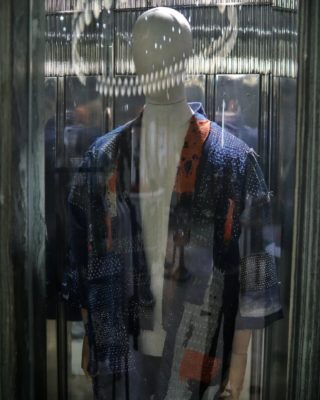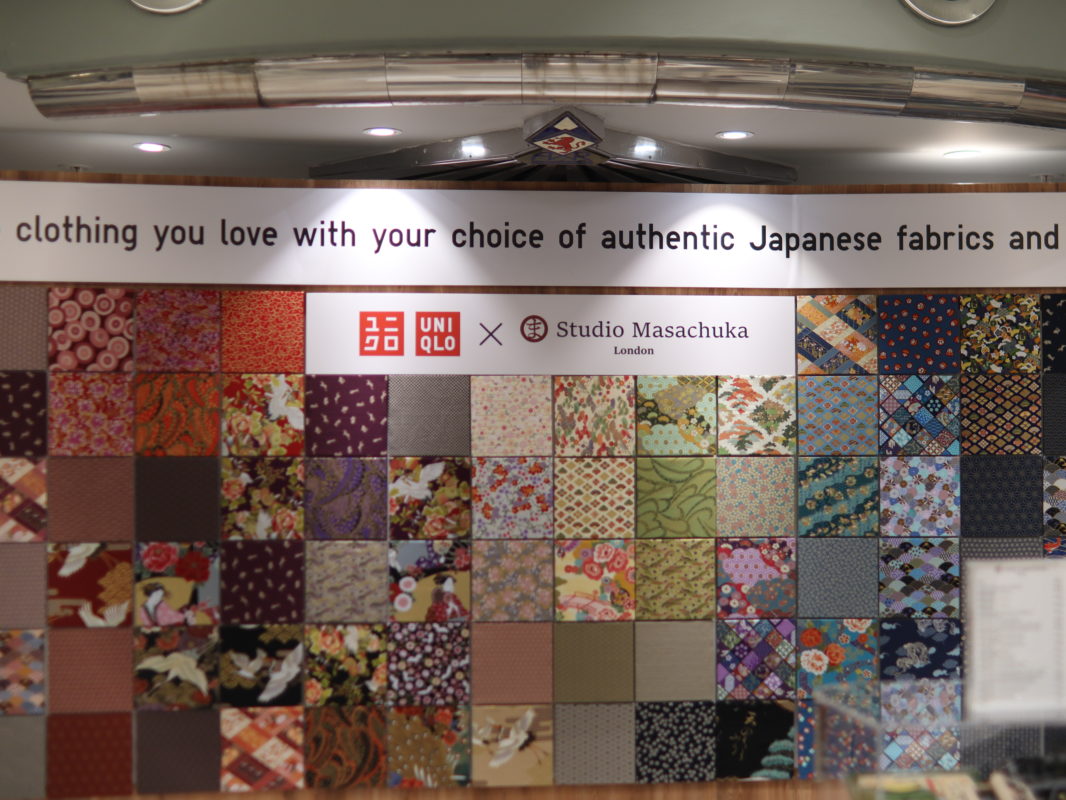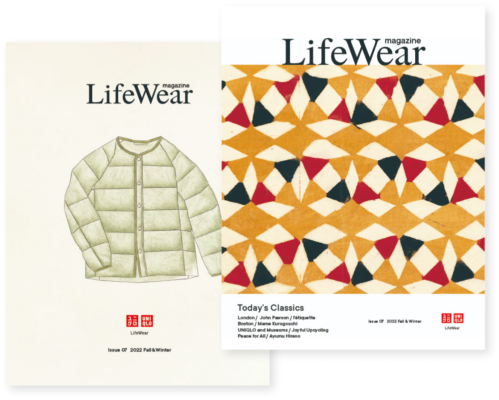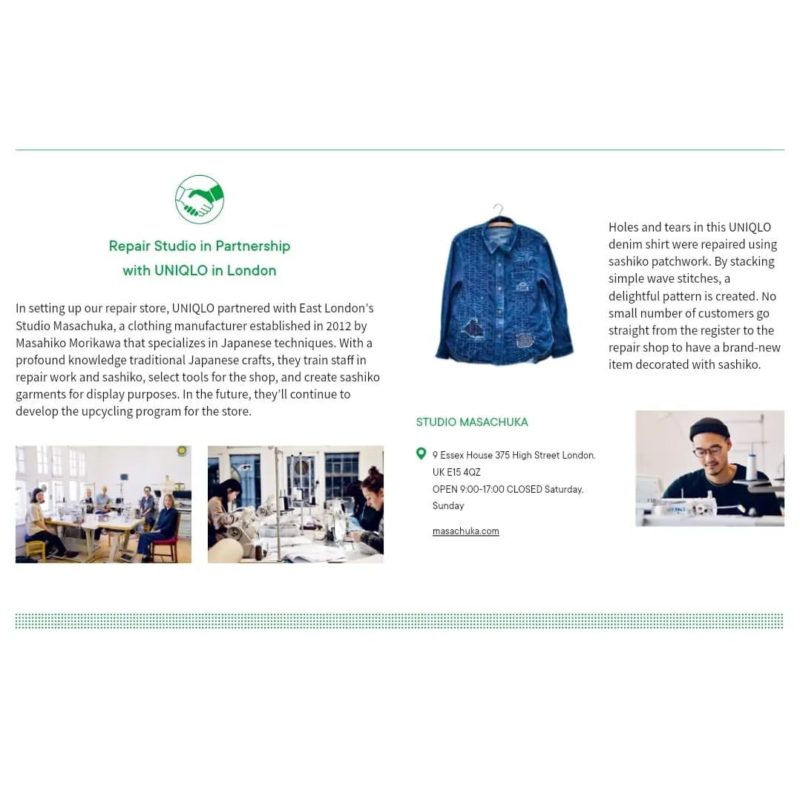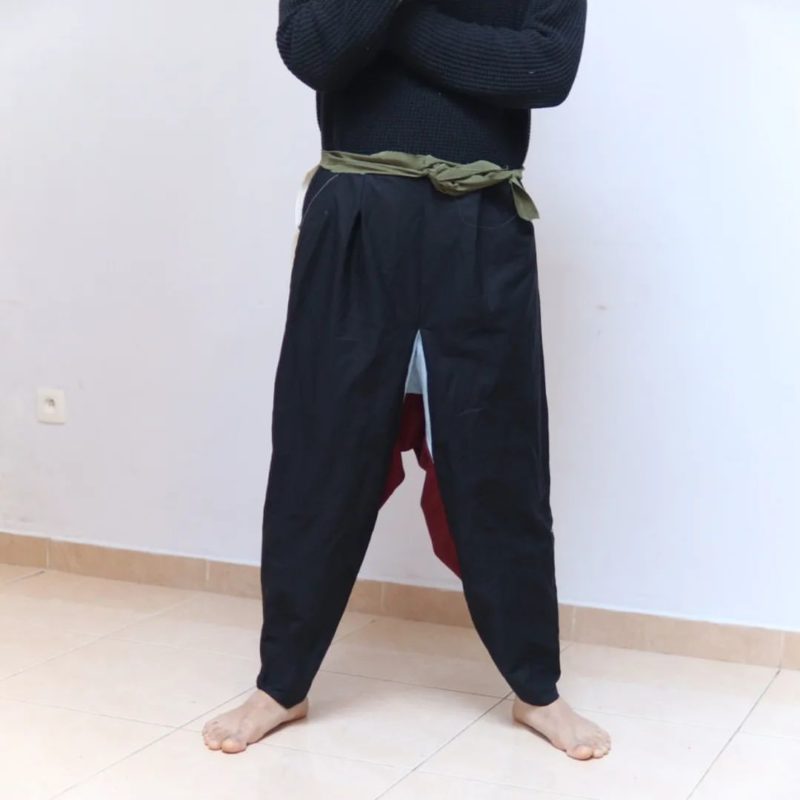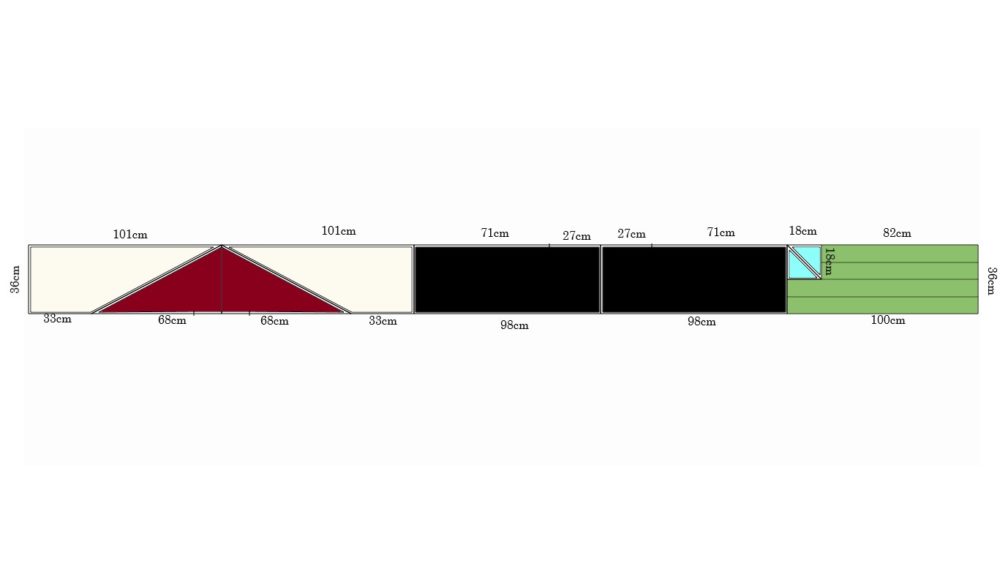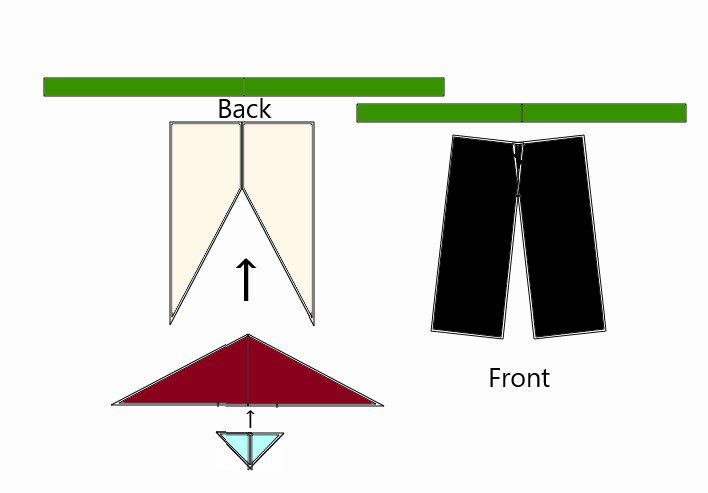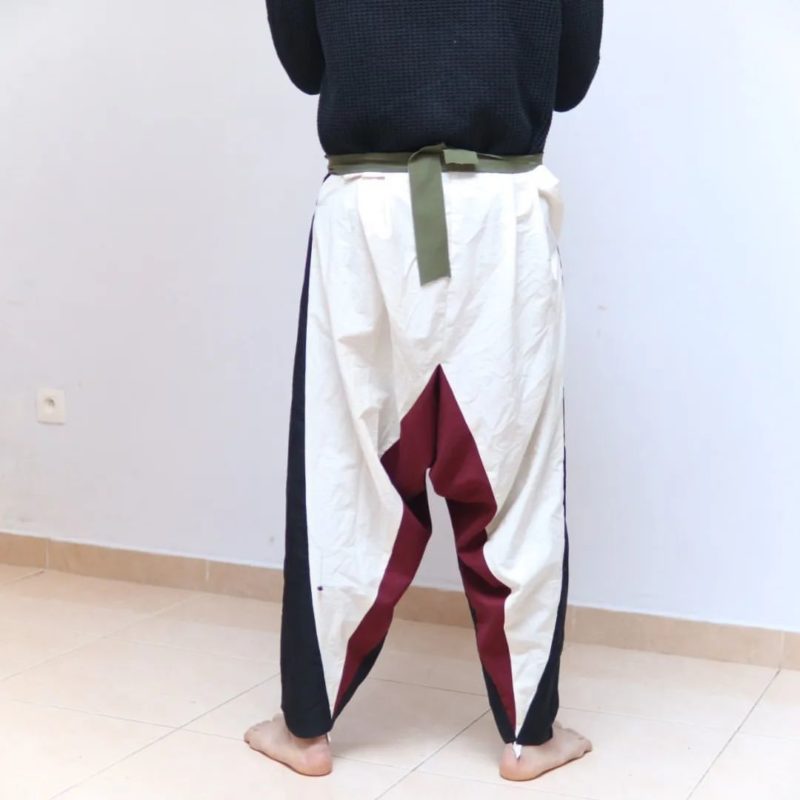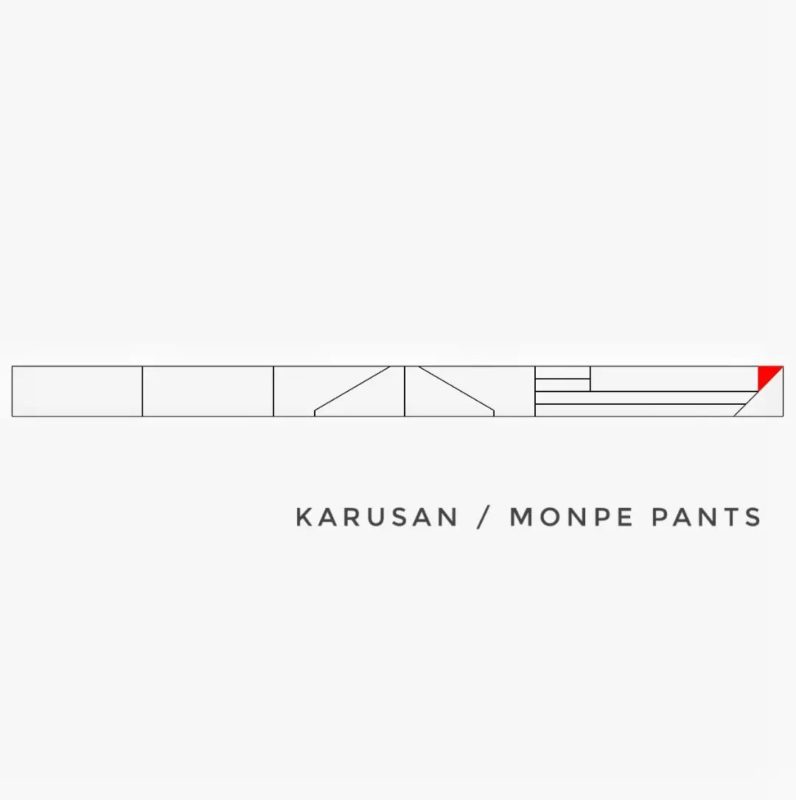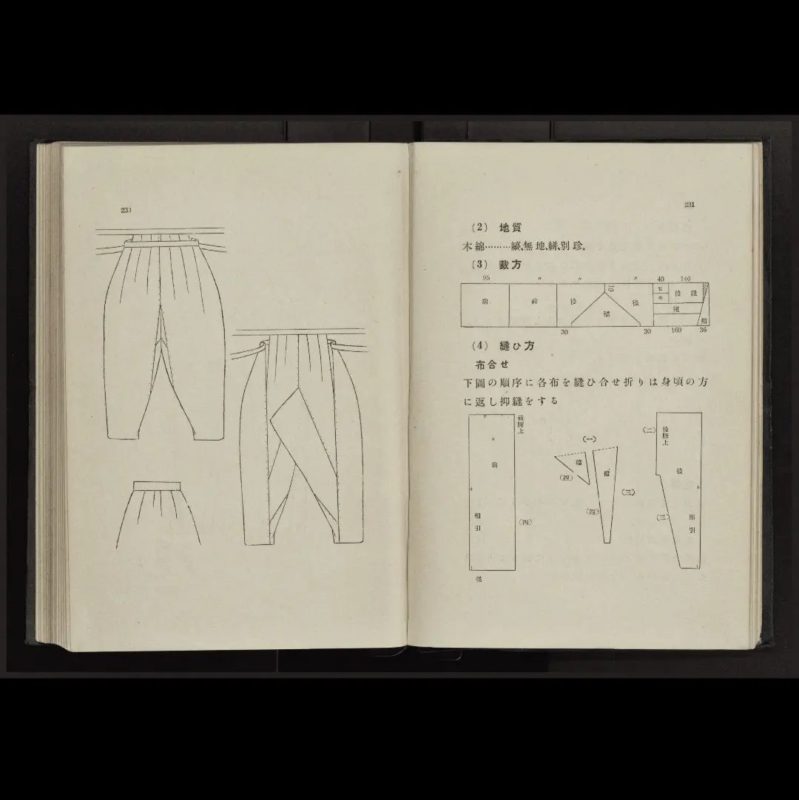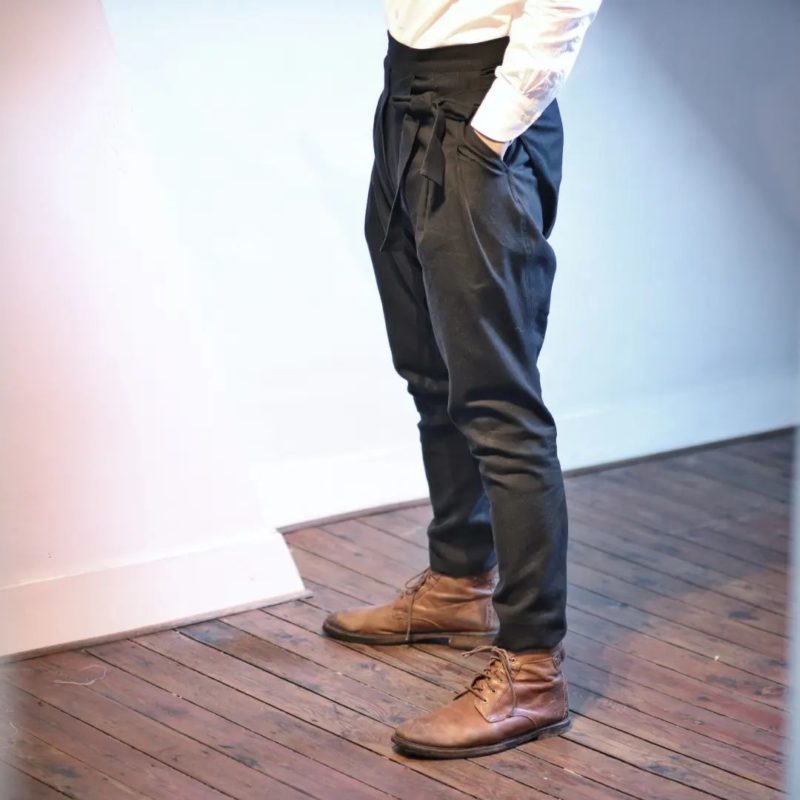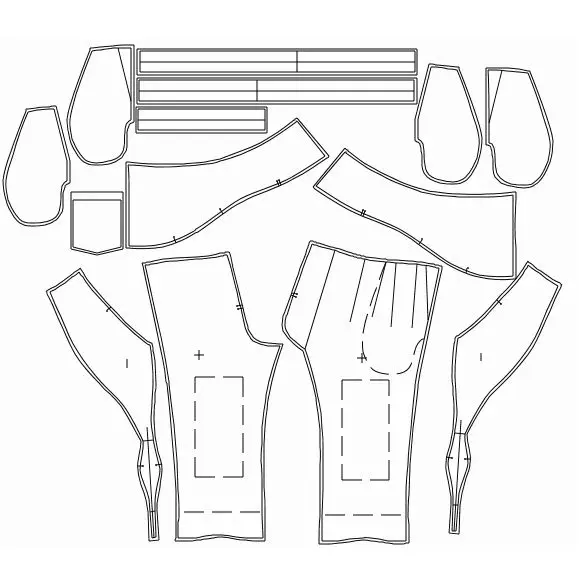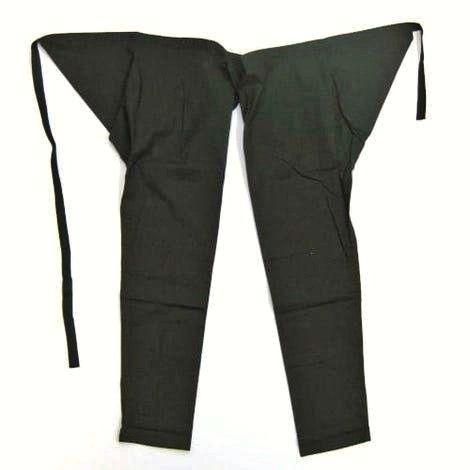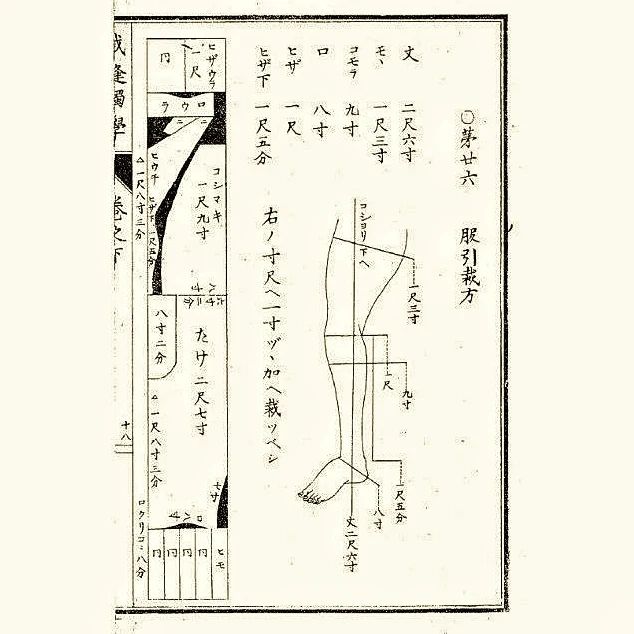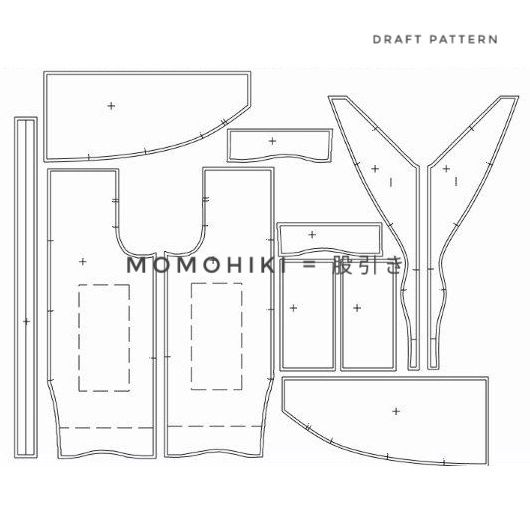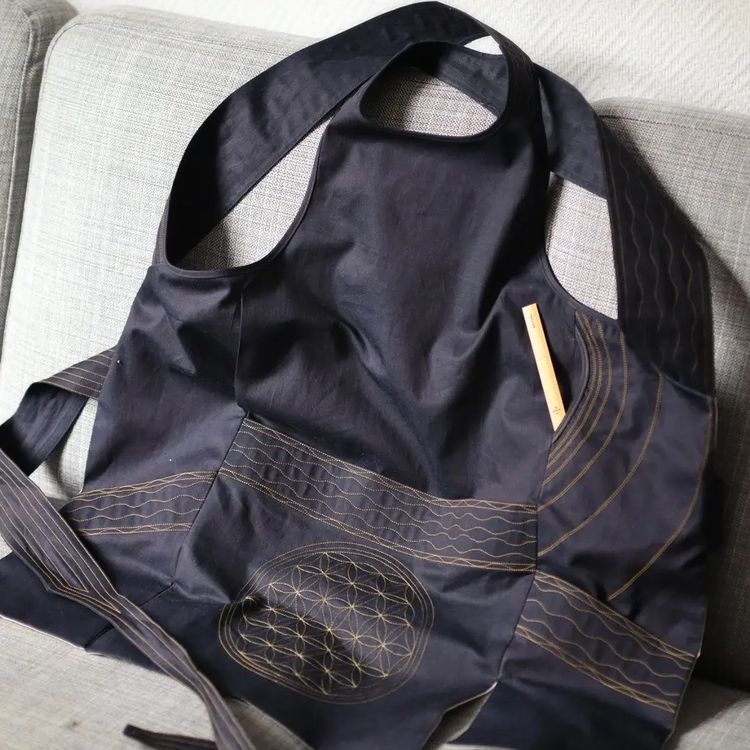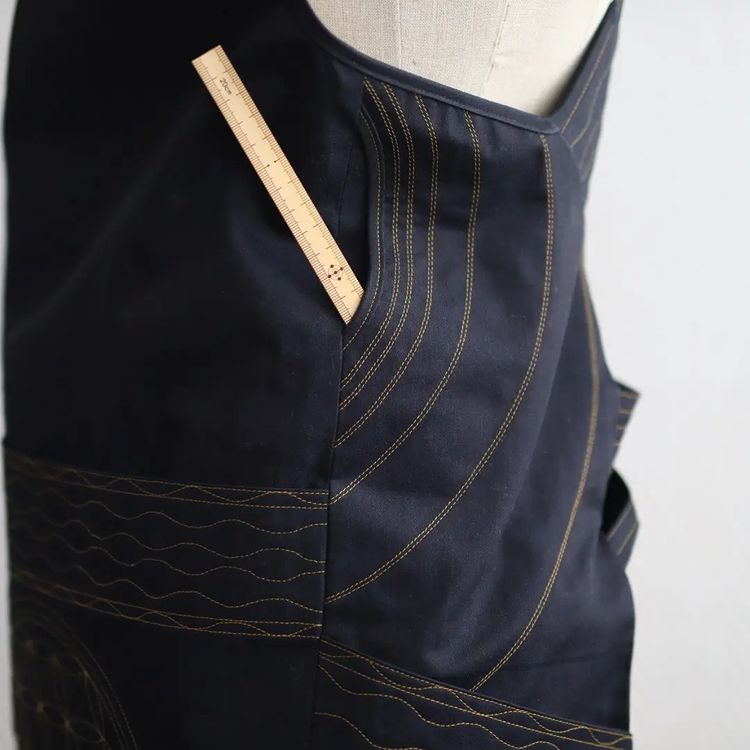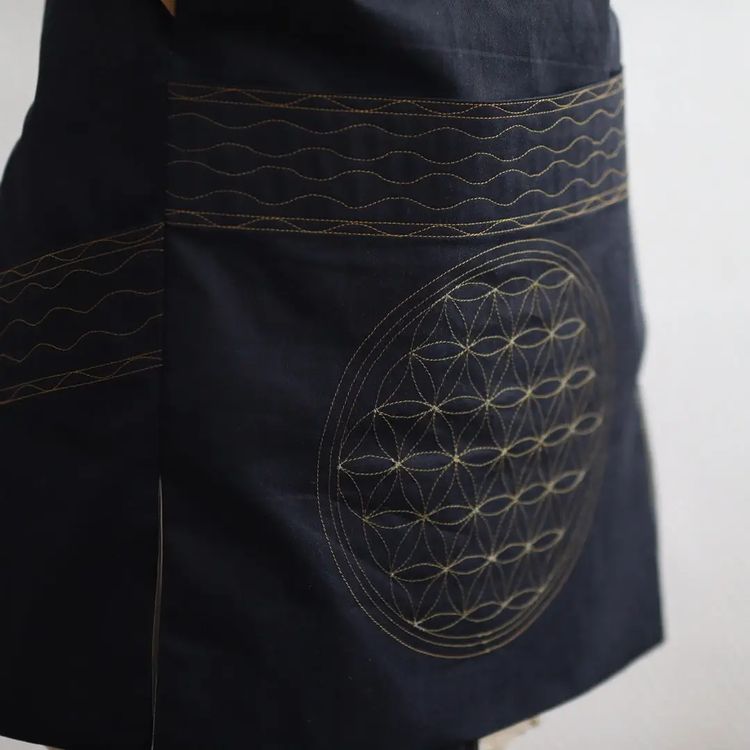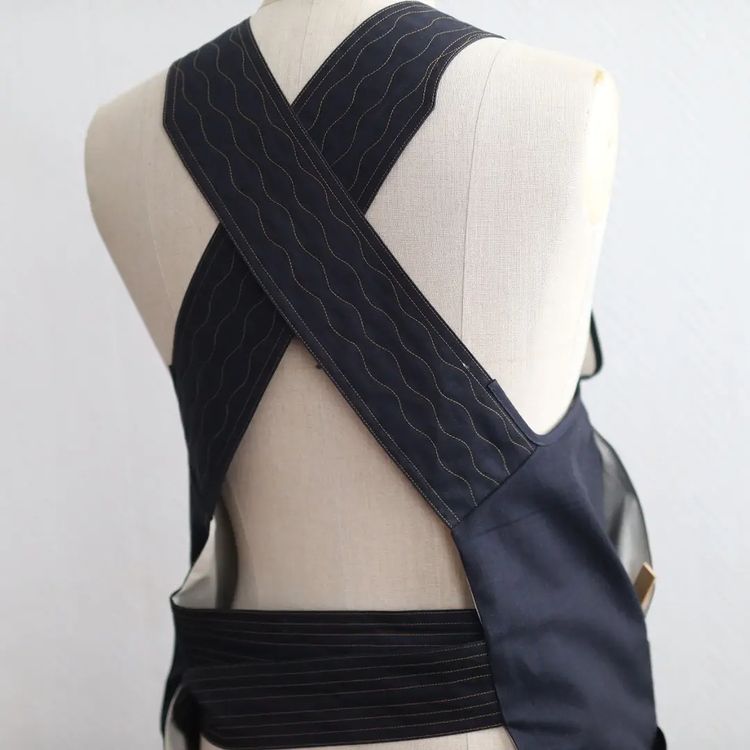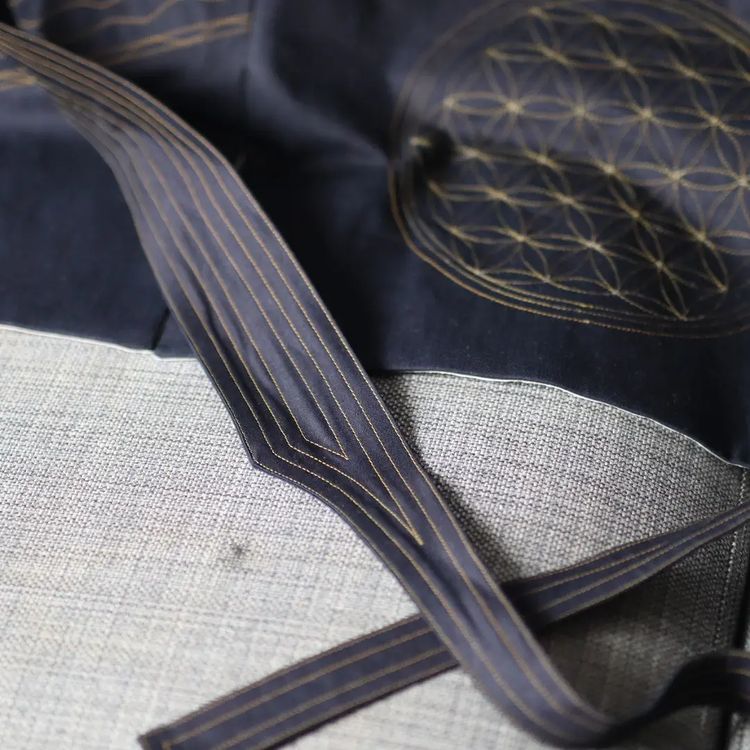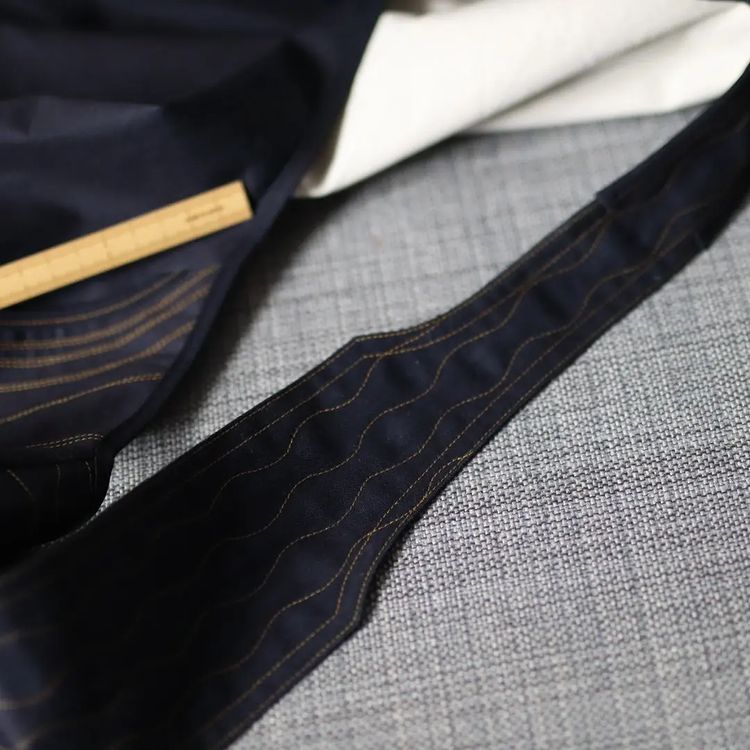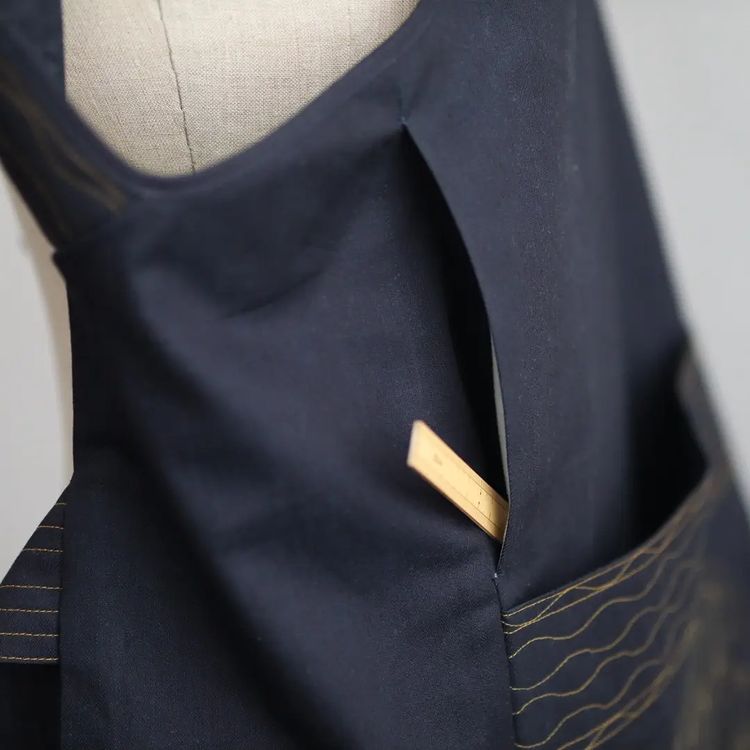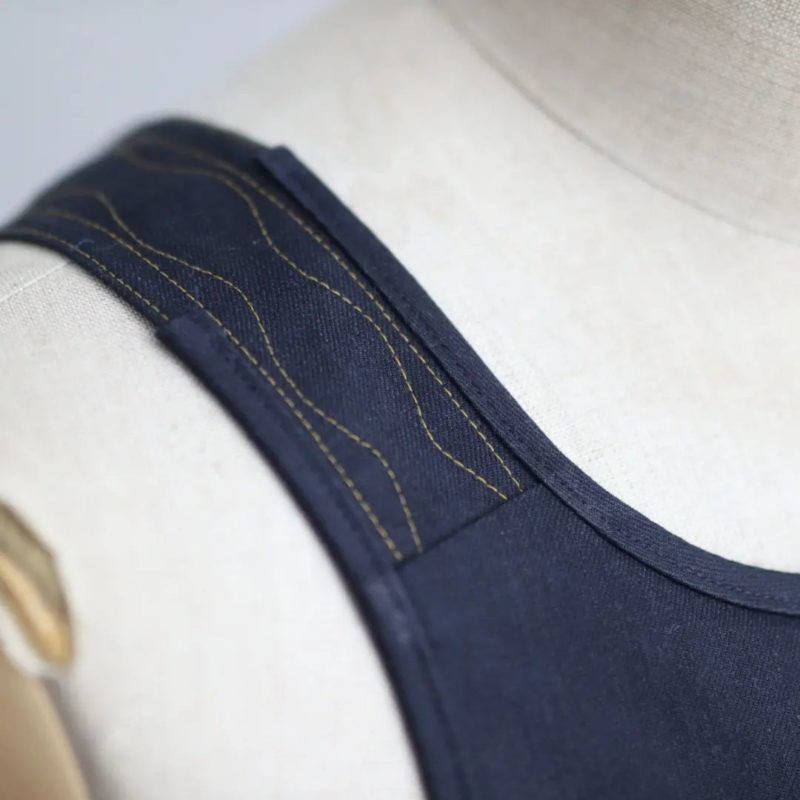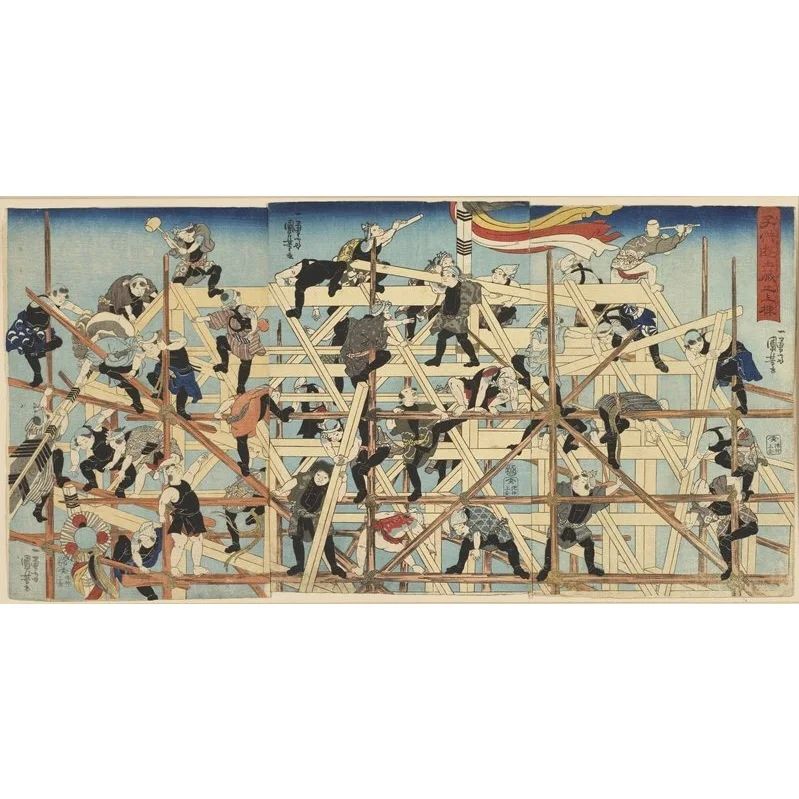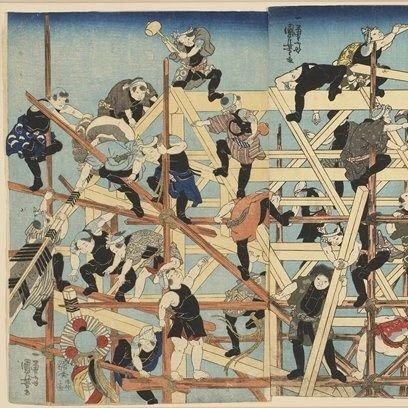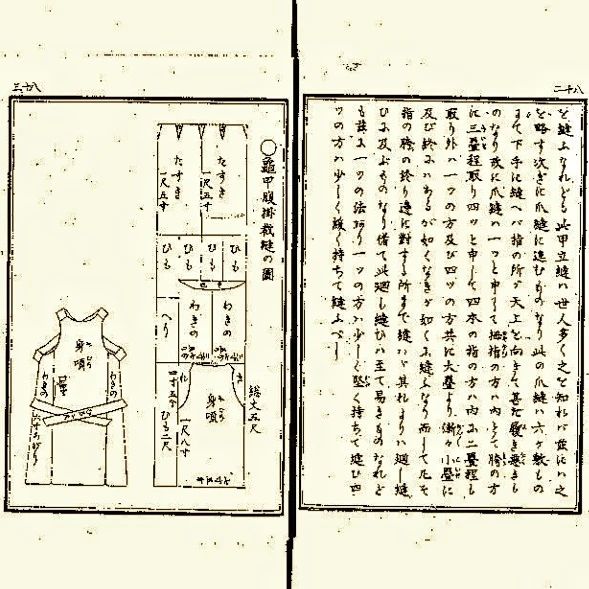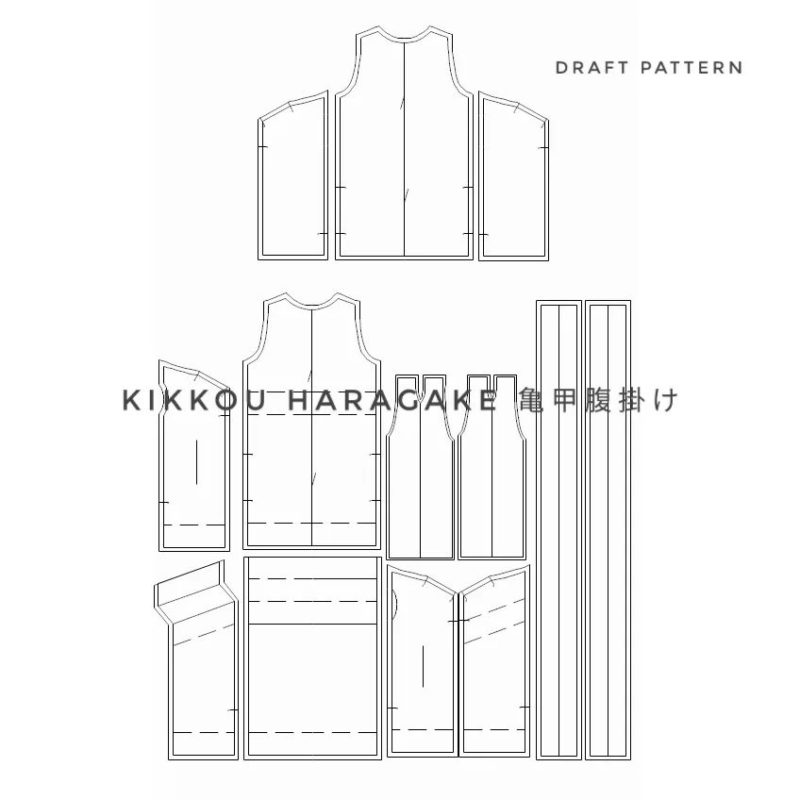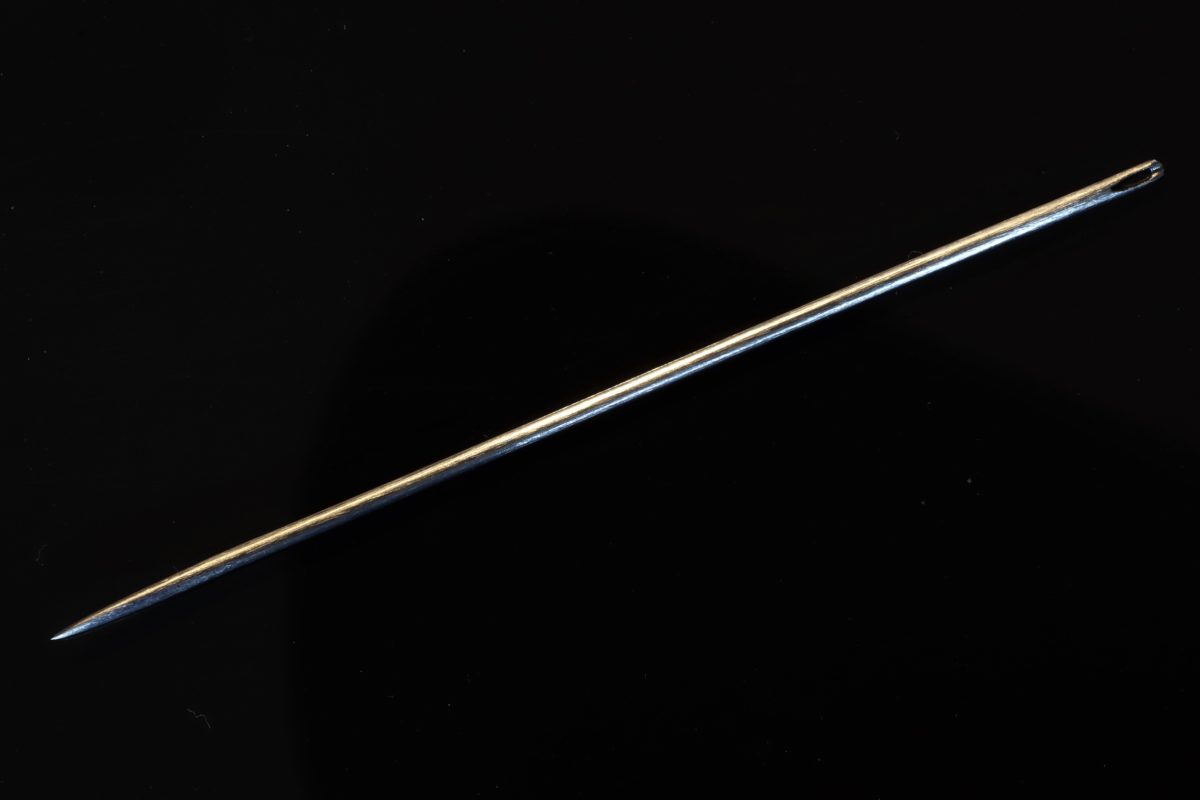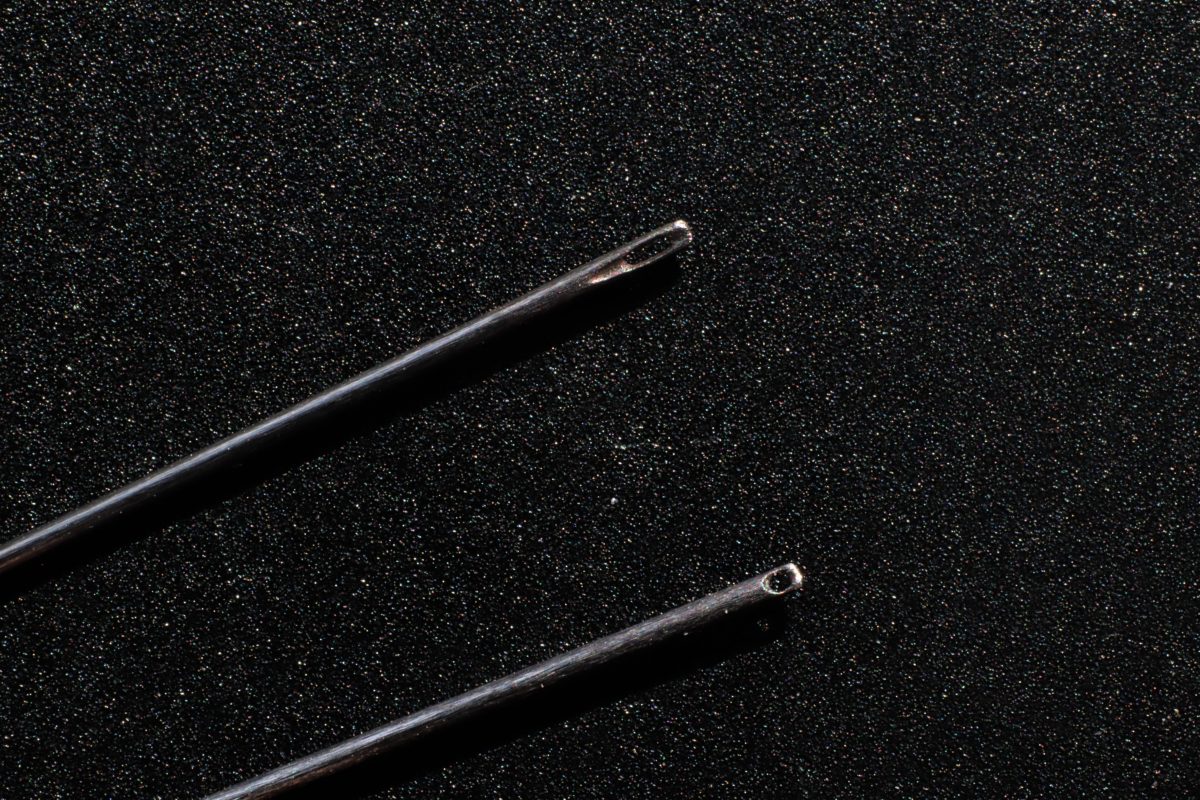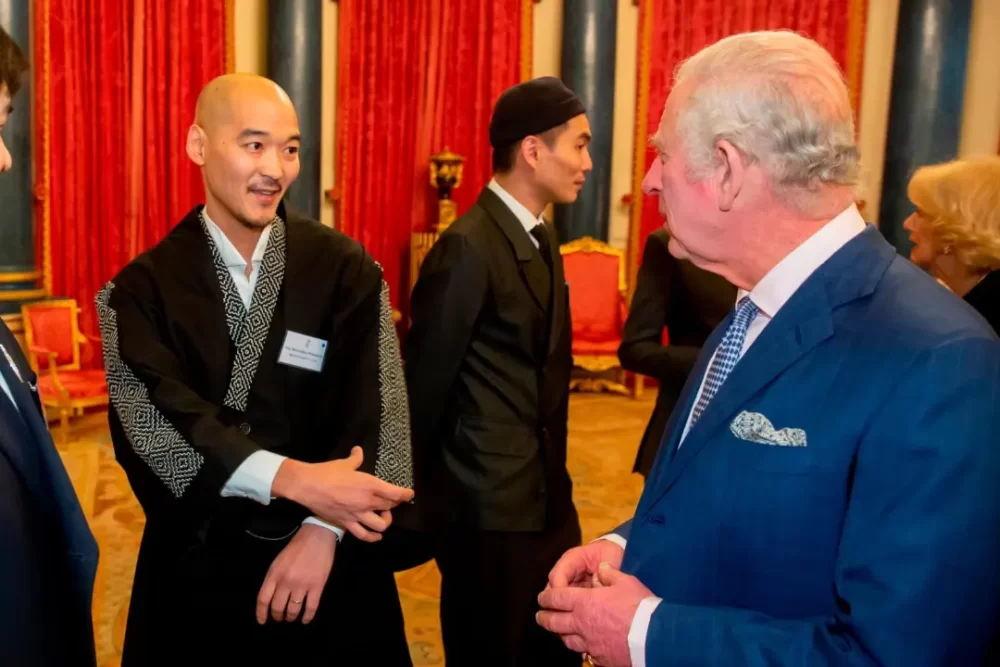

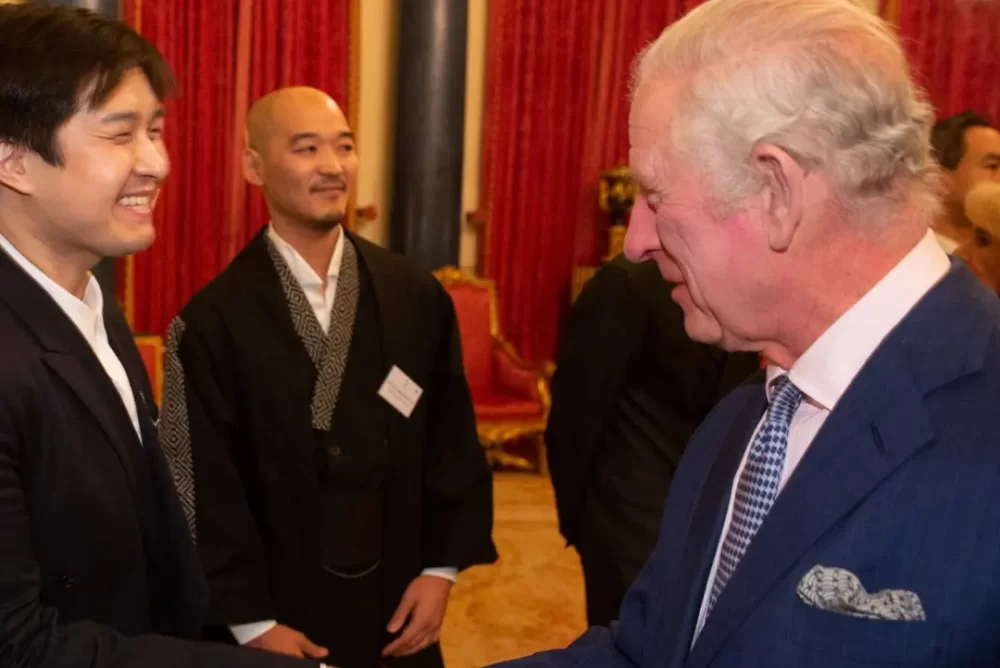
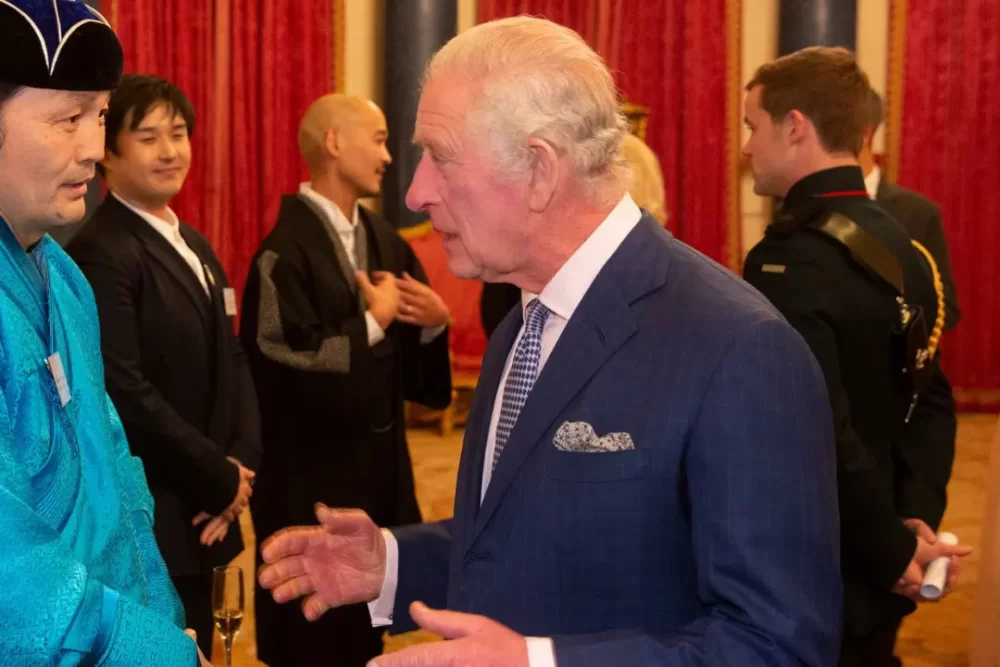
It was an absolute honour to have the opportunity to attend the reception at Buckingham Palace and meet The King and Queen Consort joined by Princess Anne, Prince Edward, Princess Alexandra, the Duke of Kent and the Duchess of Gloucester for celebrating East and South-East Asian communities. British Fashion Council I can`t thank you enough. I`m so grateful. For this event I created a Japanese inspired suit by using faulty and damaged garments provided by UNIQLO and adding Sashiko embroidery. For the past year we`ve been working closely with Uniqlo on their sustainable fashion project including upcycling so I thought this was a perfect occasion 🙂 Now I was able to show and talk about this to the royal family and explain how the garment was made. Ps: They also found it funny that I only finished it 4 hours before and that the Kimono was made out of 2 trench coats and the belt a pair of trousers 🙂 This experience encourages me to work even harder to become a small bridge in fashion industry between the UK and Japan.
先日、バッキンガム宮殿においてイギリス国王及びロイヤルファミリー主催のアジア人コミュニティー向けの祝賀会が催されました。 その会に大変名誉なことに招待をして頂き、さらにロイヤルファミリーと実際にお会いし、お話をさせて頂ける機会を頂くことができました。 全く自分の器にふさわしくないこのような機会を頂き、大変うれしくも少し混乱した気持ちです。 去年からユニクロのサステイナビリティーのお手伝いをさせて頂いております。そこでこのまたとない機会に是非何か出来ないかと考えました。 古くなった服や、傷があるB品のようなものをカスタムしてより価値のある新しい服にするというアップサイクルという取り組みがあります。 ユニクロでもアップサイクルをさせて頂いており、今回ユニクロのB品を使って着物スーツなるものを作ることにしました。トレンチコートで刺し子羽織をつくったりスーツパンツを分解しモンペ風パンツにしたり、あと襟を付けなおし折り紙のように折って形をだしたりと、日本の文化の要素を入れながらアップサイクルをしました。 有難いことにロイヤルファミリーの方々もとても興味を持っていただきました。 この機会を励みにこれからイギリスと日本の小さな懸け橋になれるようさらに精進させて頂きます。

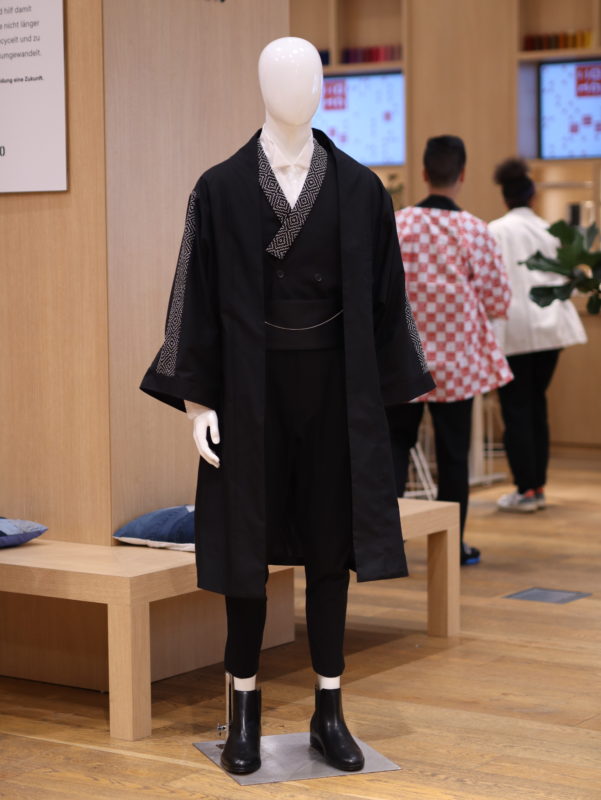

This is the outfit I’ve upcycled for the Buckingham reception by using faulty/ damaged garments provided by UNIQLO. Many thanks for the support.
Here are the details of each garment. The royal family was very much interested in this Kimono suit 🙂
Kimono/Haori long jacket with Sashiko – Out of 2 trench coats
Kimono collar waistcoat with Sashiko – Out of regular jacket
Origami collar blouse – Regular blouse
Monpe trousers – Wide leg trousers
Obi belt – Out of black satin pants


